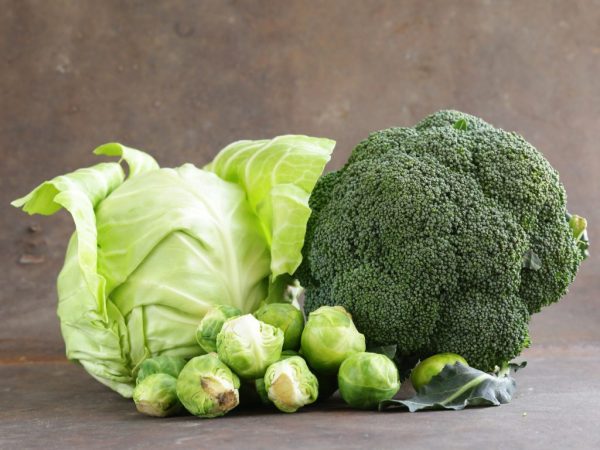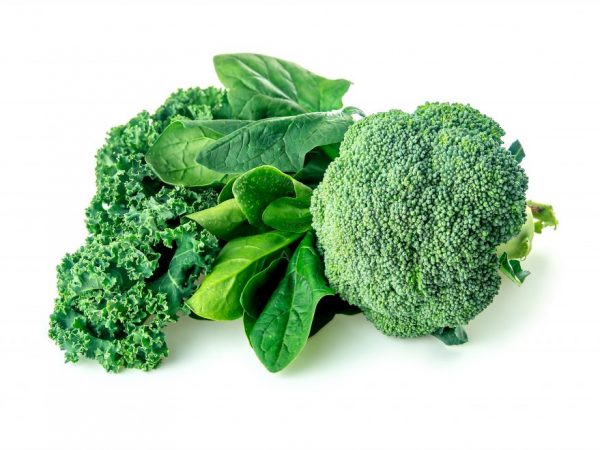Growing broccoli cabbage fiesta
Fiesta broccoli was developed in Holland. This hybrid is characterized by an average ripening period of 80-90 days from the date of planting in a permanent place. It has a high yield and good taste.

Growing broccoli cabbage fiesta
The main characteristics of the variety
Broccoli is grown in the central and southern regions of the country, where high yield rates are noted (up to 440 kg per hectare). When planted in the northern part, the amount of the crop is slightly reduced (300 kg per 1 ha).
Description of the fetus
Fiesta category f1 broccoli cabbage is characterized by the possibility of forming a vertical rosette. The leaves are long. Their color is blue-green. Small bumps are located on the surface of the leaf. Edges are ribbed, wavy. The wax layer is medium.
A distinctive feature of the Fiesta broccoli variety f1 is considered to be the inability to form side shoots.
Features of the fetus
The head of a ripe fruit is characterized by increased density. It has a rounded shape, rich green color with a slight blue. The average weight of the fetus is 1-1.2 kg. With proper cultivation and care, the fruits of the variety reach a weight of 2 kg.
High yield rates are noted (5 kg per 1 sq. M). When overripe, products often crack, so you can not delay cleaning.
Fiesta broccoli cabbage is characterized by a rich and pleasant taste. It contains useful chemical elements: phosphorus, potassium, magnesium and iodine, which help maintain balance in the human body. The product is ideal for those on a diet. The fruits are suitable for long-term storage.
Growing features

Cabbage is planted with seedlings
According to the description, growing broccoli Fiesta category f1 is produced by the seedling method. To do this, seeds are planted in a greenhouse or container in early April. They must go through the process of disinfection in a manganese solution (3 g per 5 l of water). After 40 minutes. they are placed in a freezer for hardening.
The seeds are planted in containers or a greenhouse according to the 7 x 10 cm scheme. The temperature of 20 ° C-26 ° C allows the process of emergence of the first shoots to be accelerated. At night, it is reduced to 15 ° C-17 ° C. When 2-3 pairs of leaves hatch on the plant, they start planting in a permanent place.
The landing is carried out in early May, when the ground warmed up after winter. The optimum soil temperature is 10 ° C-12 ° C, it is better to choose fertile ones. Chernozems, sandstones or loamy soils are well suited. Their acid level should not exceed 4%.
They choose unshaded areas, since the plant needs sunlight. The planting depth should be 1-1.5 cm. A distance of 50 cm is kept between the bushes, and 70 cm between the rows. This allows the plants not to shade each other and fully form the root system.
Plant care rules
Watering is carried out as the soil dries up. For those living in a region with a humid environment, the watering interval should be 7-10 days.If the growing region is dry, 2-3 days. Dryness of the soil or its excessive moisture should not be allowed.
Top dressing scheme:
- 20 days after planting in a permanent place, the variety needs organic fertilizers - they use humus, compost or wood ash.
- The second feeding is carried out at the time of flowering cabbage: use ammonium nitrate (20 g per 10 l of water) or potassium nitrate (40 g per 10 l of water). This allows large fruits to form.
- The third feeding involves the use of superphosphate (50 g per 10 liters of water). It is carried out a week before the start of fruiting. It will improve the richness of the taste of the product.
Mulching of the soil is often carried out. The soil dries up more slowly, the level of weed spread is reduced. For mulch, use a mixture of straw with humus in a 1: 1 ratio.
Diseases and pests
Keela is considered one of the most common diseases to which this species is exposed. A solution of Bordeaux liquid (5 g per 10 liters of water) allows you to fight it.
An effective remedy against powdery mildew will be a solution of the drug "Hom". 10 g of the drug is diluted in 5 liters of water and the area is sprayed.
In the fight against brown spot, the solution of the drug "Khomus" (30 g per 10 l of water) saves.
Fighting pests is just as easy as fighting disease. Oxychoma solution (40 g per 10 liters of water) helps to get rid of aphids. From the May beetle and flea beetles, a solution of manganese is used (10 g per 10 l of water). The fight against worms and slugs involves the use of the drug "Silk" (30 g per 10 liters of water). The spraying interval should be 10-12 days.
Conclusion
Broccoli Fiesta belongs to simple crops that do not need special care. To obtain a high-quality harvest, it is imperative to adhere to all these recommendations.
Growing marketable products is within the power of even beginners. As soon as the head of the cabbage takes on a blue-green color, the harvest is immediately carried out. It is impossible to delay this process: it will reduce the quality of the product.


